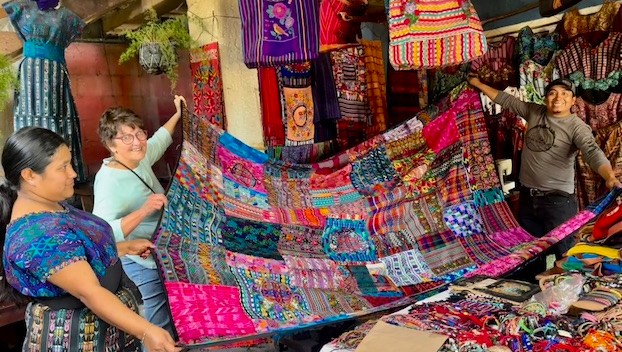
life
Gratitude in Guatemala: Seeing beauty beyond the poverty
By Mary Richardson Sometimes you have to be hit over the head to be grateful. That happened to ... Read more

By Mary Richardson Sometimes you have to be hit over the head to be grateful. That happened to ... Read more

By Mary Richardson I had finally made peace with the likelihood that I would never ever see the ... Read more

Obviously, what I thought I was seeing was impossible. I was in Egypt, looking at what is most ... Read more

Editor’s Note: This is the first in a two-part series on Mary Richardson’s visit to Egypt. By Mary ... Read more

By Mary Richardson August 13, 1967. That was the date when two young co-workers of mine were mauled ... Read more